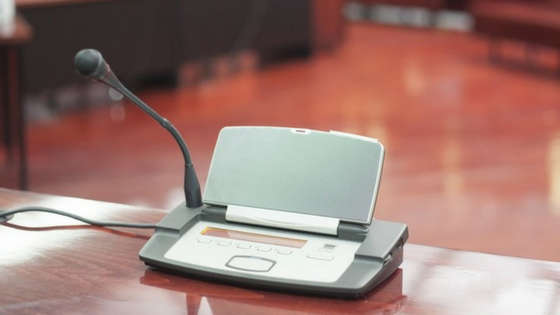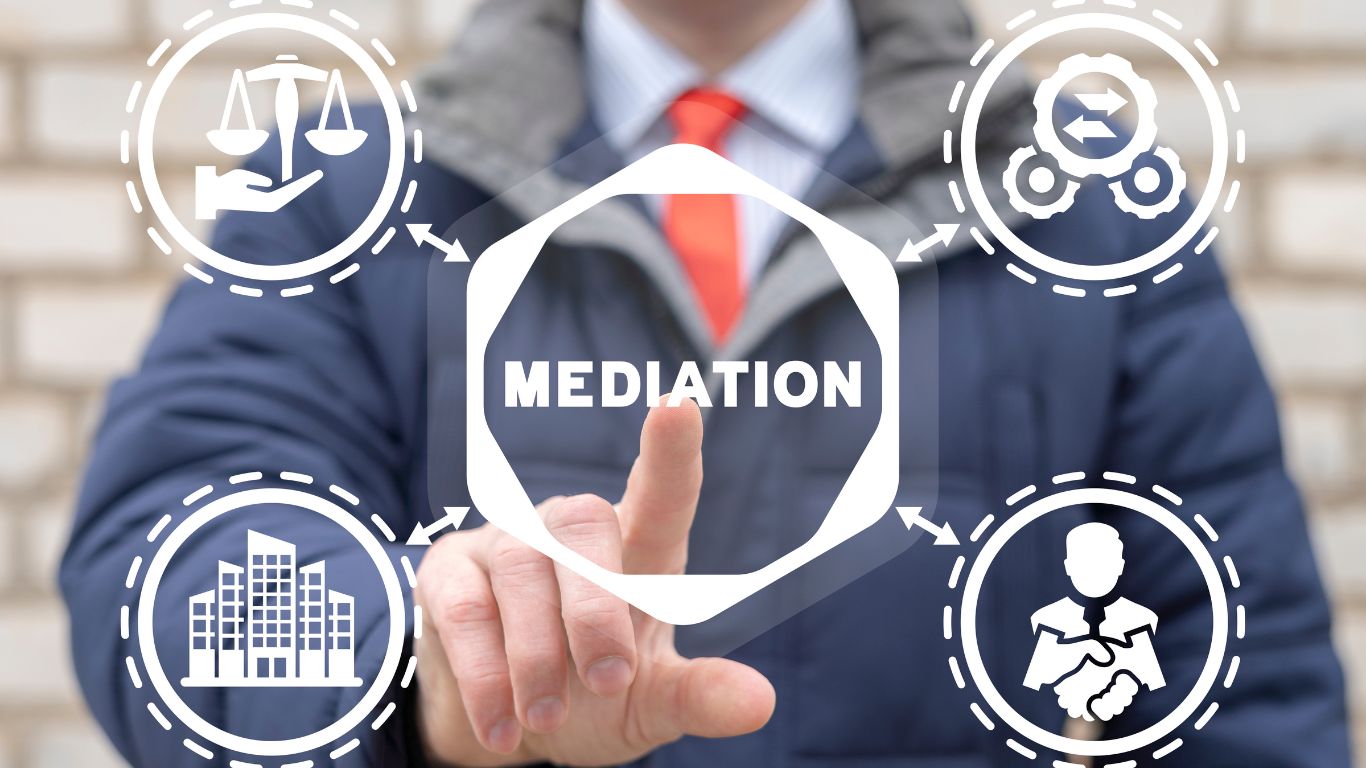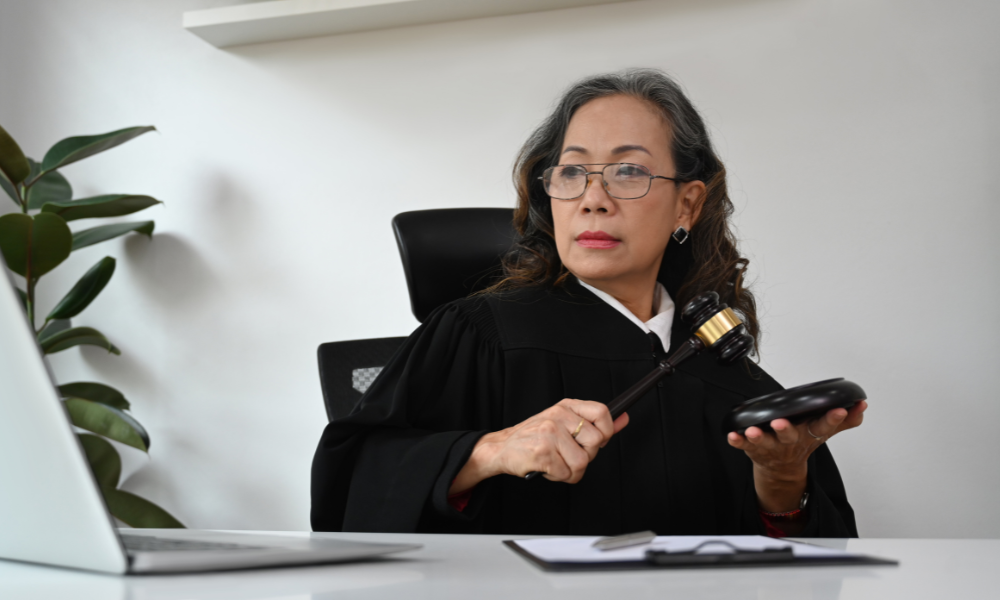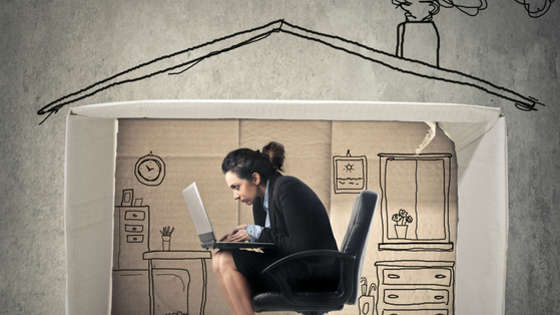Over the past 15 years, the use of evidence presentation systems (EPS) has become commonplace in courtrooms of every size and type around the country. The expanded use of this technology has greatly benefited trial proceedings but successfully incorporating the technology into a courtroom can be challenging. This is a story of one such challenge, but with a happy ending.
What is EPS?
One of my favorite movies is My Cousin Vinny. If you’re familiar with the movie, you no doubt recall the scenes where Joe Pesci’s character lugs boxes of evidence into the courtroom and heaves them onto the attorney table. Or the one where he fans out photographs to show a witness on the stand after introducing them into evidence. (If you haven’t seen the movie, stop reading right now and grab it from Netflix! I’ll wait here.)
EPS technology makes scenes like those essentially obsolete (sorry Hollywood). Quite simply, EPS is a secure document scanning, storage, retrieval, sharing, and viewing system. Evidentiary documents are entered electronically and stored or distributed as needed prior to a trial, which eliminates the chance that they will be lost or tampered with. During a court proceeding, the documents in the system are available to all participants and are easily retrieved and viewed or displayed as needed. Multiple EPS stations throughout a courtroom allow all trial participants to simultaneously view the materials as they are referenced.
While document evidence management is the primary advantage, other benefits are that attorneys no longer need to carry boxes of paper files to the courthouse and the clutter of files that are typically found within the well of a courtroom during a trial can be eliminated.
Installing EPS Equipment
Incorporating technology needs into courtroom design has evolved over the years and there are many different systems and related needs that architects can factor into their planning and layout. With EPS in particular, architects need to consider how the system and its use will affect the design and position of all components of the courtroom well, including the judge’s bench, clerks’ stations, the witness stand, attorney tables, and the jury box, as these areas are all involved in the use of the system. In addition to these spaces, the spectator area also needs to be considered.
Including EPS technology in a new courthouse is relatively straightforward and not usually challenging. But renovating a building to provide a new courtroom with courtroom technology may be a different story entirely, as I experienced firsthand.
The EPS Installation Challenge
Several years ago, I worked on a project where EPS technology was to be installed in an older courthouse in eastern Pennsylvania. The court was constructing a new courtroom in vacated space and they wanted this new courtroom equipped with the latest technology, including EPS.
You might think that in a new courtroom build-out, incorporating EPS wouldn’t be especially difficult, but in this older building, and in a space that had been originally designed for another purpose, there were challenges.
The first challenge was the size of the room. Because the overall space was smaller than a typical courtroom, there wasn’t as much space to work with in the area designated for the courtroom well (the actual “working space” in a courtroom that accommodates the judge’s bench and all functions other than the spectator area). Another concern was the ceiling height of the room, which was standard for an office environment but low for courtroom standards. The size and ceiling height constraints were difficult conditions for simply designing a fully functioning courtroom but incorporating the additional equipment and wiring requirements for EPS technology added another dimension to the complexity of the project.
And one more factor – the court requested that the courtroom be outfitted with an infrastructure that would be flexible enough to accommodate inevitable technology advances in the future.
The Solution – Part I
One of our first decisions was to construct a corner judge’s bench, which would protrude less into the well area than a standard center bench. This design allowed us to address the issue of less space than typical in the courtroom well and more importantly for our purposes in this case, it provided more room in front of the attorney tables where much of the EPS equipment would be required. This additional space had the added benefit of allowing better visibility for the participants during trials. The following photo shows the corner bench and courtroom well layout.

The Solution – Part II
The second issue that we needed to address was how to wire the courtroom for the technology. In new construction, I could have easily specified flush junction boxes in the required EPS cable connection locations before pouring a new concrete floor, or used raceway recessed into the deck for conduit to be run in the well. Since this was the renovation of an existing space, getting the appropriate wiring to the devices needed in the courtroom required a great deal of thought and innovation. We knew was that we wanted to avoid the “nest of cables” running across floors and over furniture that is often an unpleasant result of retrofitted technology.
As it turned out, the wiring proved to be an easier effort than expected. The short version is that we installed a low-profile, carpeted tile raised floor that accommodated all the necessary wiring and provided easy access in the future for any reconfiguration.
Here are the details of this solution: I specified a 2 ½” raised access floor in 24” square modules to be installed in the well from the spectator rail to the judge’s bench, and between the jury box and the clerk’s station. The low-profile raised floor helped mitigate the low ceiling height compared to using a more typical 6”-8” raised floor. Carpet tile was specified to cover each 24” module, allowing the floor to be easily removed to reconfigure wires and cables. The areas around the well were similarly raised by 2 ½” to match the access floor height. Power and EPS cables were provided under the raised access floor from perimeter walls.
This solution provided the court with a floor system that could be easily accessed to rearrange the EPS equipment wiring for a unique trial or to accommodate the inevitable technological change that the court wanted to plan for.
The Solution – Part III
A final issue we faced was housing the physical EPS equipment. In a full-size trial courtroom, there would be enough room for the presenting attorney to easily move about the courtroom well and around the EPS equipment to address the jury or witness. In this courtroom, no such space existed. Fortunately, the podium proved to be the answer I needed.
We designed a custom podium that had one major difference from off-the-shelf furniture – it rotated. This feature allowed attorneys seamless transition between direct presentations to either the jury, judge, or witnesses, while maintaining control of the EPS equipment, a tremendous hit with the legal community.
Court support personnel were also thrilled with the podium design. In addition to the rotation feature, we designed the podium to house all the EPS equipment and the wiring. The cabling ran through the base of the podium and we integrated the power and data into two single connect/disconnect cables. This allowed court personnel responsible for maintaining the equipment the ability to easily move the podium around the courtroom as needed, and to the spot where power and data outlets were available under the raised floor.
I learned later that a surprise added benefit was that combining the podium and cart functions reduced trial time, as attorneys didn’t need to walk to another area of the courtroom to change the evidence being presented from the document camera.
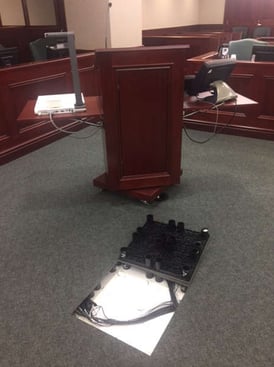
A Happy Ending
This was the first courtroom in this building to be outfitted with courtroom technology, including EPS. I was excited to be part of the project, but more importantly, I was thrilled with the result, and with the court’s reaction. They were so happy with the new courtroom and its features that they held a mock-trial presentation for the public and the local bar association and arranged for a feature story on the local newscast.
Since being commissioned, the feedback has only gotten better and it is overwhelmingly positive. Attorneys have mentioned that it is their preferred courtroom in the building as it offers them additional options for how they try their cases. Judges appreciate the innovative use of the small space and the advantages that the technology offers in their proceedings.
Unfortunately, there is one drawback. Because of the courtroom’s tremendous popularity and the high demand for the space, the judges and court personnel have had to adjust to the room being used more than their traditional courtrooms and have had to carefully coordinate schedules and proceedings to ensure there aren’t any over-scheduling issues. In the grand scheme of things, this is a small price to pay for enhanced technology, a flexible infrastructure, and a courtroom that is equipped to handle the latest EPS equipment and advances in future innovation.
______________________________________________________________
How to fit a new trial courtroom into your existing courthouse. Click on image to download!



